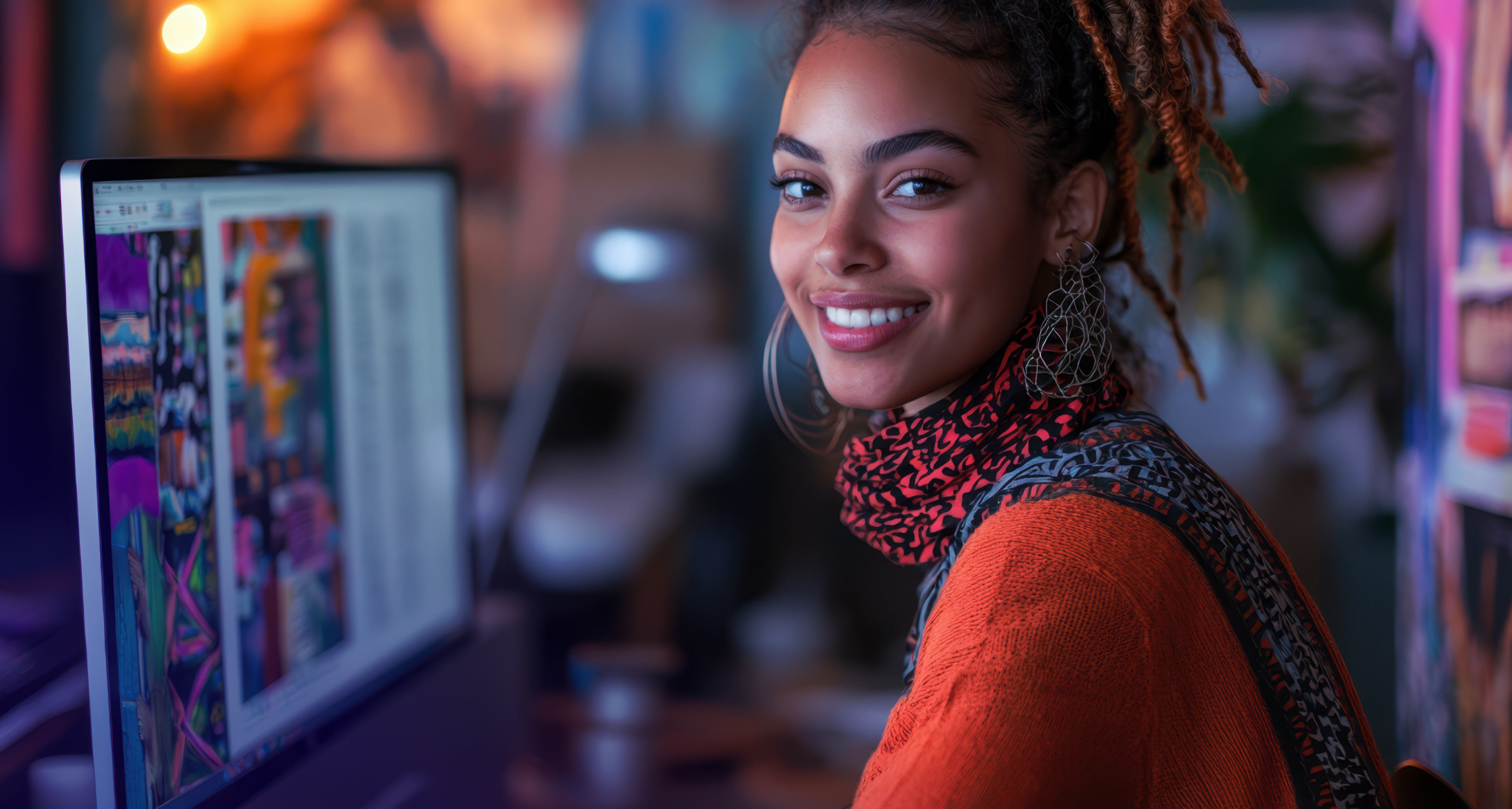Embracing Generative AI as a Creative Collaborator

We are in a new era, whether or not we were prepared for it.
Artificial Intelligence (AI) is not just here, it's already having an outsized impact in creative spaces. More broadly, generative AI is revolutionizing the way we work in digital agencies, and as it advances, integrates with other technologies, and becomes more sophisticated, its impact on our industry will only increase.
Admittedly, embracing this change is complex. There are legitimate concerns about job disruption and industry transformation. But within the creative realm, I see an unprecedented opportunity for growth. I believe it’s essential, especially as a creative leader, to adapt to and harness this technology rather than resisting its inevitable progression.
At Bounteous, this is in many ways a familiar challenge—though the particulars are different. Historically, we’ve consciously migrated toward the intersection of art and technology. Not just in our capacity as a digital consultancy, but in the specific ways we encourage design inform the implementation of tech, and vice versa. It’s this legacy that allows us to view AI not as an unwelcome disruption, but as continuation of our approach to digital innovation.
AI is a Force-Multiplier for Creativity
Generative AI is, simply, a time and labor saving toolkit that also can jumpstart fresh thinking and ground-breaking innovation. We’re experimenting with it within our Experience Design practice today, and my hope—and expectation—is that we’ll continue to push the envelope of its potential uses.
Consider AI as your always-on brainstorming partner. Tools like GPT-4 and Bard can serve as a first-draft generator, saving significant time and freeing up creative minds to focus on refining and perfecting the work. Mundane tasks like synthesizing meeting notes can be efficiently handled by AI, allowing creative teams to direct their energies towards strategic and innovative tasks that truly make a difference.
In addition to these, AI also brings significant benefits to other areas of creative work. For designers, we embrace AI-powered tools like Midjourney to instantly generate design elements based on certain specifications, sparking ideas and accelerating the design process. AI can also provide instant feedback, offering suggestions on how to improve the design based on learned patterns.
For content creators, AI can analyze vast amounts of data to identify trending topics and keywords, helping them create content that resonates with the target audience. It can also create content variations to suit different platforms, saving time and effort.
In the realm of ideation, AI can help stimulate creativity by providing fresh perspectives. It can analyze data to uncover hidden patterns and trends, offering new avenues for creative exploration.
In short, AI empowers creative teams to work more efficiently, reduce redundancies, and generate better ideas. It enhances human creativity by taking care of routine tasks and offering valuable insights, allowing creatives to focus on what they do best—creating.
The Future is (Still) Human
Even with the rise of AI, I believe the future of creativity is, at its heart, human. We can take a lesson from the world of chess. When IBM’s Deep Blue first defeated a human chess grandmaster 25 years ago, it felt like the end of the road for people’s participation in the game. But soon, something surprising happened: We discovered that a team of a person and an AI performed better together than either did individually. This partnership, combining human strategic abilities with the AI's computational prowess, proved to be a game-changer.
This, in so many words, is my vision for creativity in the age of AI. When human ingenuity and AI tools come together, they form a powerful team. It's not about people versus technology, but people using technology to do bigger and better things.


